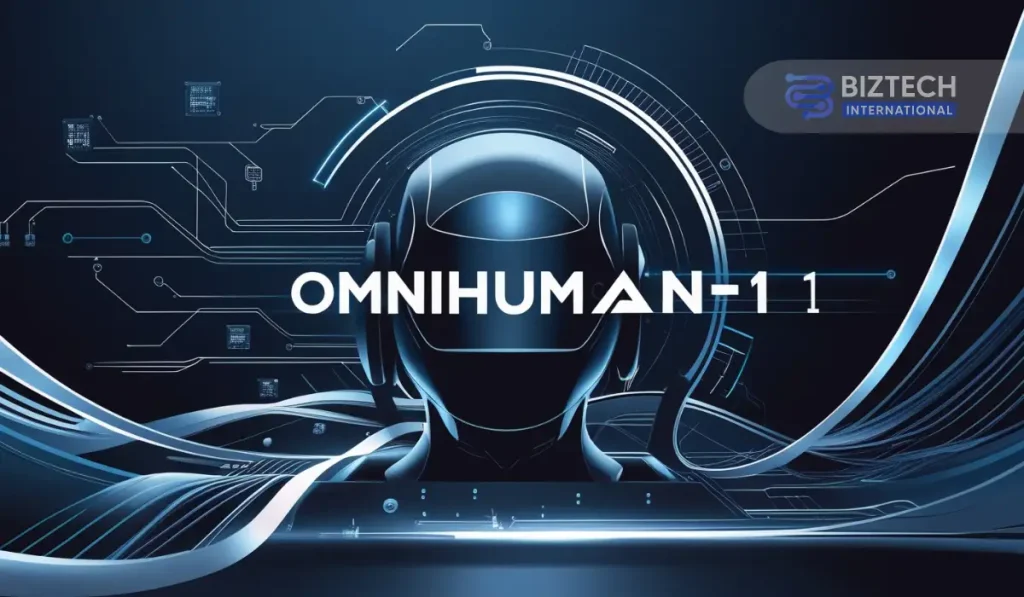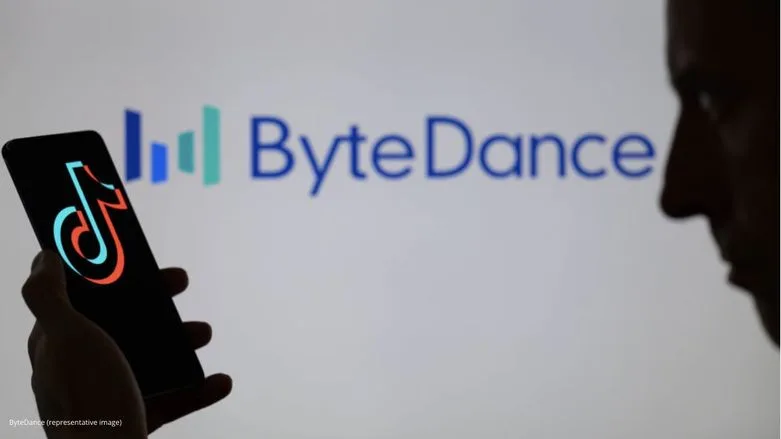ByteDance, the parent company of TikTok, has unveiled OmniHuman-1, a cutting-edge AI framework that can transform a single image into a highly realistic animated video. This innovation represents a significant leap in AI-generated content, offering unprecedented realism and versatility that could revolutionize video production, entertainment, and digital media. Let’s take a deeper look at OmniHuman-1, its capabilities, and the implications of this technology.
Table of Contents
What is OmniHuman-1?
OmniHuman-1 is an advanced AI model developed by ByteDance, designed to generate lifelike videos from minimal input. The tool uses a data-mixing technique that combines multiple input sources—including images, audio, body poses, and textual descriptions—to create realistic human motion and speech from just a single image and a brief audio clip. Whether the image is a portrait, half-body, or full-body shot, OmniHuman-1 can adapt and produce video content that appears both natural and convincing.
How Does OmniHuman-1 Work?
ByteDance’s researchers trained OmniHuman-1 using an immense dataset of 19,000 hours of video footage, which enables the AI to accurately generate human-like movements, speech, facial expressions, and body gestures. This training process is crucial because it allows OmniHuman-1 to overcome challenges commonly faced in AI-generated videos, such as unnatural lip-syncing and awkward body movements. By using this extensive dataset, OmniHuman-1 is capable of producing high-quality results that far exceed the limitations of earlier deepfake technology.
The AI’s ability to create video content from minimal input is a game-changer. It can work with a variety of image types and audio inputs, processing them to generate videos that are virtually indistinguishable from real-life recordings. Whether the input is a photo of a person in a specific pose or a static image from a historical source, OmniHuman-1 can bring that image to life, making it appear as though the subject is speaking, moving, or interacting with their environment.

Key Features of OmniHuman-1
- Multiple Input Support: OmniHuman-1 supports a range of input types, including still images, audio, body poses, and text. This flexibility ensures that the AI can generate high-quality videos across different scenarios and use cases. The ability to integrate various forms of input helps achieve a more nuanced and accurate result.
- Realistic Motion and Speech Generation: One of OmniHuman-1’s standout features is its ability to create highly realistic human motion and speech, even from limited input. It addresses common issues with deepfake technology, such as unrealistic body movements and disjointed facial expressions, by ensuring that the generated content aligns with natural human behavior.
- Diverse Applications: ByteDance showcased the power of OmniHuman-1 with sample videos, which include animated characters, TED speakers, and even a black-and-white video of Albert Einstein delivering a lecture. These demonstrations highlight the AI’s potential to create diverse types of content, from historical recreations to entirely fictional videos. The versatility of OmniHuman-1 opens up possibilities for applications in entertainment, education, advertising, and more.
- Improved Accuracy: Unlike traditional deepfakes, which are often easy to detect due to mismatched facial expressions or unnatural body movements, OmniHuman-1 focuses on generating content that appears as close to real-life as possible. The AI takes into account the context of the video, ensuring that actions and speech are synchronized in a natural and believable way.
Ethical Considerations and Challenges
While OmniHuman-1 represents a significant breakthrough in AI technology, it also raises important ethical concerns. As the ability to generate realistic video content from minimal input becomes more accessible, the potential for misuse increases. Here are some key challenges that come with the rise of AI-generated videos:
- Misinformation and Manipulation: The most pressing concern surrounding the development of AI-generated videos is the potential for misinformation. Deepfake videos have already been used to spread false information, and the advent of tools like OmniHuman-1 only exacerbates the risk. With AI capable of creating highly convincing videos of public figures or everyday individuals, it becomes increasingly difficult to distinguish fact from fiction. This can have serious consequences, especially when it comes to political manipulation, defamation, or social unrest.
- Privacy and Consent: Another ethical issue is the potential for AI-generated videos to violate privacy rights. It’s possible for someone to create a video of a person without their consent, using just a photo and a voice sample. This could lead to significant reputational damage or exploitation, particularly if the videos are used in harmful or misleading contexts. As the technology becomes more advanced, it will be essential to have safeguards in place to ensure that individuals’ likenesses and voices are not used without permission.
- Bias and Fairness in AI: AI models, including OmniHuman-1, are trained on large datasets, and these datasets may contain biases. If the data used to train the AI is not representative of diverse populations, there is a risk that the generated videos could perpetuate stereotypes or unfairly represent certain groups of people. Ensuring fairness and inclusivity in AI models will be a critical issue as these technologies evolve.
The Future of AI-Generated Videos
Although OmniHuman-1 is still in its research phase, its potential is already clear. Once publicly available, it will likely compete with other AI-driven video generation tools like OpenAI’s Sora and Runway. As AI-generated content continues to advance, it will undoubtedly change how we create, consume, and interact with media. However, the rise of such technologies also necessitates careful consideration of their ethical implications.
The development of AI models like OmniHuman-1 also signals the growing influence of China in the AI space. With ByteDance leading the charge, we can expect even more innovations to emerge from the region as AI continues to transform industries worldwide.
Despite the exciting possibilities, it’s crucial that the development of AI-generated videos is accompanied by strong ethical guidelines and regulations. The ability to create hyper-realistic content has immense potential for positive applications in fields like education, entertainment, and historical preservation, but it also comes with the responsibility to ensure that it is used ethically and transparently.
Conclusion
OmniHuman-1 is a groundbreaking development in the field of AI video generation, offering a new level of realism and versatility that could reshape how we produce and consume media. As AI technology continues to advance, it is crucial to address the ethical challenges that come with it. While the future of AI-generated content is exciting, it is equally important to navigate the potential risks of misuse, ensuring that these tools are used responsibly and with respect for privacy and fairness.







